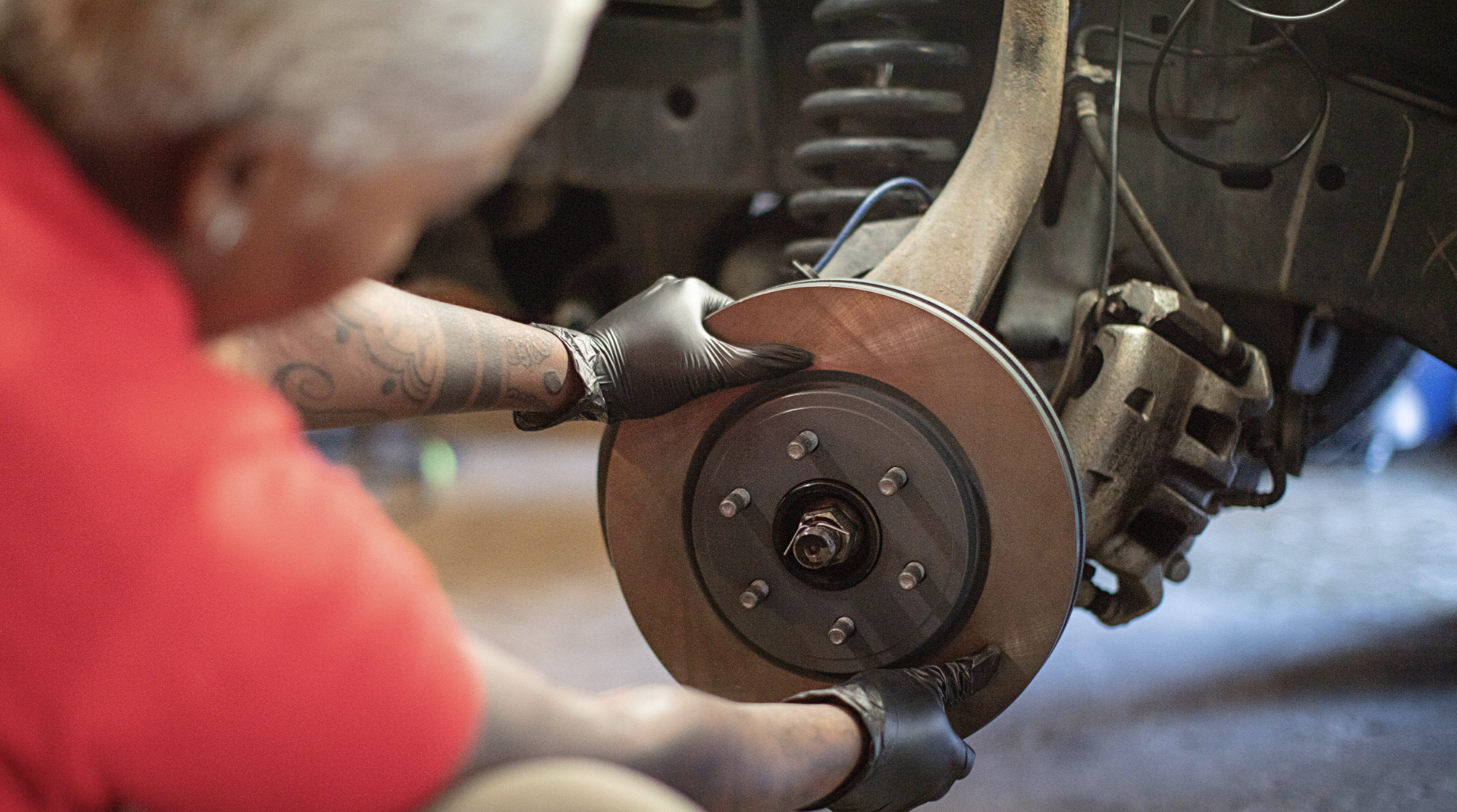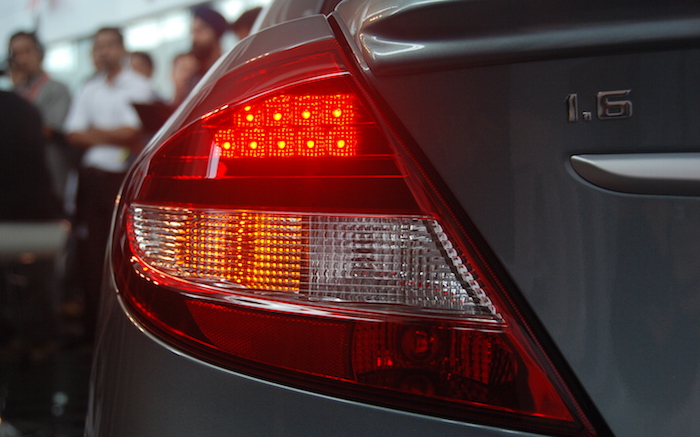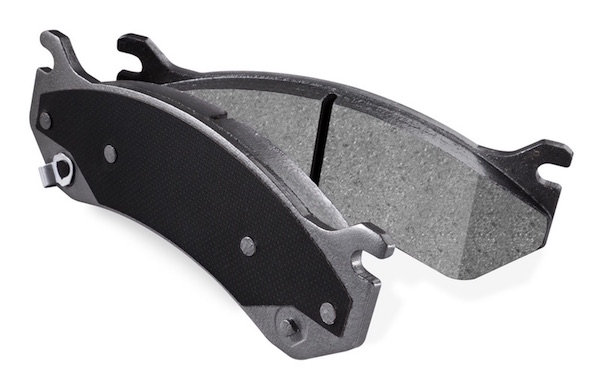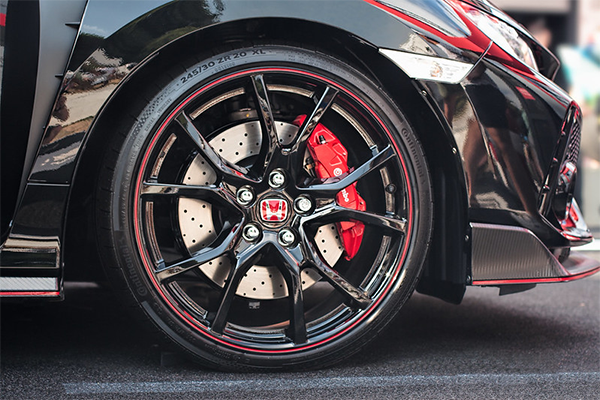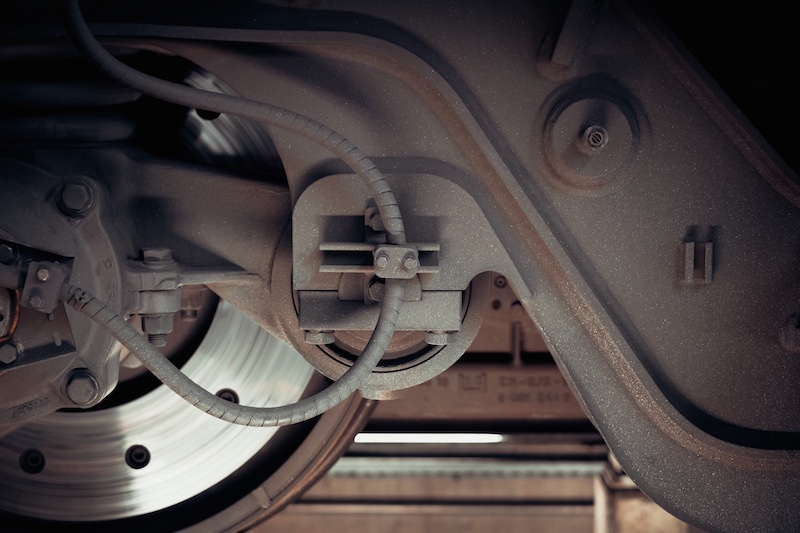If you're wondering how often brake pads need to be changed, that's pretty understandable. It's something you're going to have to do at least a few times in the life cycle of your vehicle.

Unfortunately, there's no clear and clean answer to that question—it's going to depend on several variables.
- What kind of driver are you? If you're the type who pushes the envelope, with hard cornering and spirited driving, your brakes are going to wear out prematurely.
- What kind of brake pads did you get when you had your last brake job done? The friction material in brake pads can vary greatly from one manufacturer or one price point to another. There are pads that are composites of organic compounds, semi-metallic pads and ceramic pads, and their wear rates are all different.
- Do you often tow a trailer, haul heavy loads, or have to drive up and down steep hills? The extra braking force needed for any of those will wear out even a good set of brake pads a lot quicker.
With all that in mind, brake pads typically last anywhere from 35,000 to 60,000 miles, depending on the above factors. What's maybe more important to know, though, is the warning signs that you do need new brakes. Things to watch out for include:
- Longer stopping distances
- Low brake fluid—your brakes are worn out or you have a leak
- Excessive brake pedal travel, with the pedal going almost to the floor before brakes engage
- Brake pedal feels "soft" or "spongy" underfoot
- Vehicle pulls to one side while braking
- Pulsation or vibration through brake pedal or steering wheel while braking
- Tendency for one or more wheels to lock up and skid while braking
- Groaning, screeching, squealing, or grinding sound while braking
Any of these symptoms are bad news and mean that you should get in for a brake job (or at least a brake inspection) ASAP. On many vehicles, you can get a look at the brake pads without removing the wheels; when the friction material on the pads reaches about 1/4-inch thickness, it's time to replace them before they wear any further.

